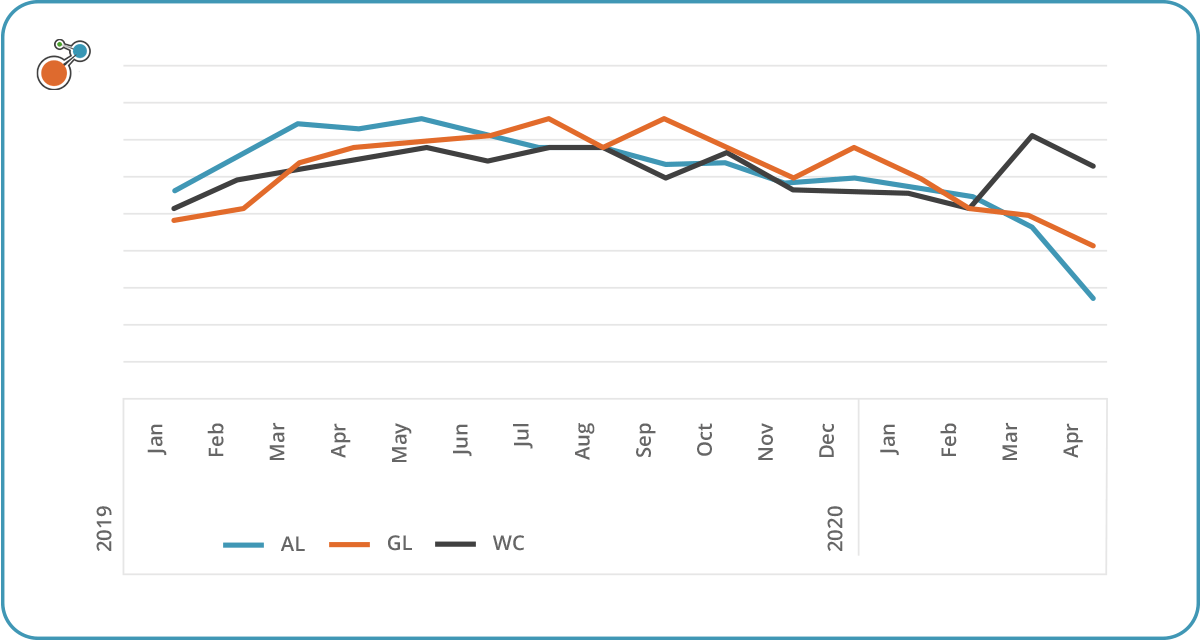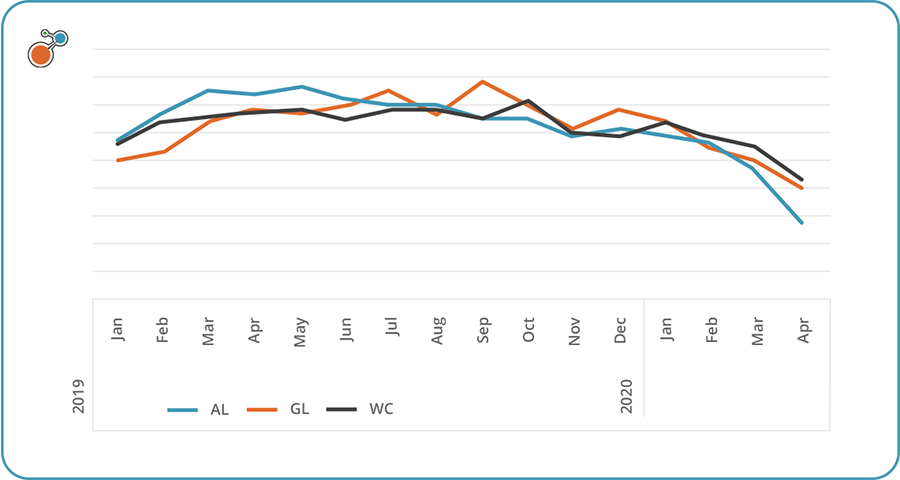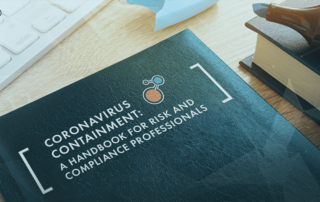The COVID-19 pandemic has disrupted just about every aspect of the business world — including incidents and insurance markets. While it’s difficult to tell what the long-term implications will be, current incident experience offers some interesting insights.
To help companies determine if their COVID-19 incident volume is consistent with industry peers, Riskonnect examined the U.S. property and casualty incident data of over 400 organizations across 20 industries. Here’s a look at overall incident trends, as well as trends by line of coverage.
Overall Incident Volume
With the dramatic drop in employees going into the workplace, it’s not surprising that the overall number of incidents also has significantly dropped. In fact, the total incident volume is down 34%, comparing April 2020 to April 2019.
| Incident Volume by Line of Coverage | |
|---|---|
| General Liability | 33% decrease  |
| Auto Liability | 58% decrease  |
| Workers’ Compensation (including COVID-19 incidents) | 3% increase  |
| Workers’ Compensation (excluding COVID-19 incidents) | 32% decrease  |
Auto. Similarly, with a significant number of people sheltering in place, there has been a sharp decline in miles driven and accident frequency, leading to a decrease in auto liability incidents.
Workers’ Compensation. With millions of Americans shifting to a remote work environment, it seems logical that workers’ compensation incident volume would drop accordingly. Interestingly, however, overall incident volume increased 3% between January and April 2020. Further analysis revealed that this increase was from the many customers – particularly those in retail, wholesale, and transportation industries – that were tracking COVID-19 exposures and incidents, which elevated their workers’ compensation numbers.
When COVID-19-related incidents are removed from the total, workers’ compensation incident volume actually declined by 32% in April 2020 compared to April 2019.
2019-2020 Incident Volume by Line of Coverage, Including COVID-19 Related Incidents

2019-2020 Incident Volume by Line of Coverage, Excluding COVID-19 Related Incidents

For more on dealing with the coronavirus crisis, check out..





